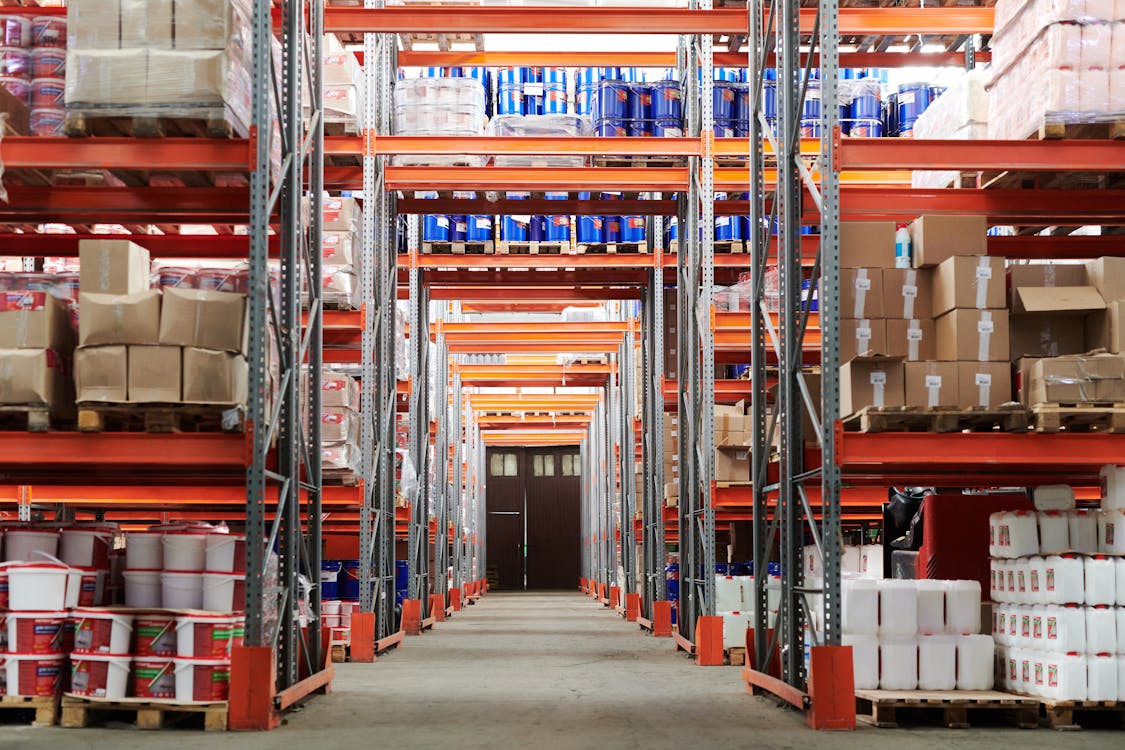How to Increase eBay Selling Limits: The Ultimate 2024 Guide
There’s nothing more frustrating for an ambitious eBay seller than hitting a wall with the message: "You've reached your monthly selling limit." It feels like a roadblock just as your business is gaining momentum. But here’s the good news: these limits are not permanent. They are a temporary checkpoint designed to help you grow sustainably, not a dead end.
Think of selling limits as eBay’s way of building a relationship with you. By understanding why they exist and following a clear, strategic plan, you can systematically increase them and unlock your store's true potential. This guide will provide the exact roadmap to do just that.

Understanding eBay Selling Limits: The "Why" and "What"
Before you can raise your limits, you need to understand what they are and why eBay uses them. This knowledge is the foundation for building a trustworthy, scalable eBay business and is the first step toward getting those limits raised.
What Exactly Are eBay Selling Limits?
Every new seller, and even some established ones, has limits placed on their account. These restrictions control two key metrics:
- Quantity: The total number of items you can have listed at one time.
- Value: The total monetary value (e.g., in USD, GBP, EUR) of all your listed items.
These limits apply to all your active listings and your sold items within a single calendar month. Once an item sells, its value still counts against your monthly limit until the first day of the next month.
For example, let's say your limit is 20 items or $1,000:
- If you list 20 items at $25 each, you’ve hit your quantity limit, even though you’ve only used $500 of your value limit.
- If you list 2 items at $500 each, you’ve hit your value limit, even though you’ve only used 2 of your 20 available item slots.
Why Does eBay Impose These Limits?
While they can feel restrictive, eBay selling limits are a crucial safety and quality control measure. They exist for three primary reasons:
- To Prevent Fraud: Limits stop scammers from creating new accounts, listing thousands of dollars in fake high-demand products, taking the money, and disappearing before buyers realize they've been cheated.
- To Ensure a Good Buyer Experience: eBay wants to be sure you can handle the business you're generating. Limits encourage new sellers to master the fundamentals—managing inventory, communicating with buyers, and shipping on time—before they scale too quickly and get overwhelmed.
- To Confirm Your Legitimacy: A steady sales history within your limits proves to eBay that you are a legitimate seller who can be trusted with more responsibility and higher-value transactions.
The 3 Types of Limits Every Seller Should Know
It's not just one overarching limit. You might encounter three different types on your selling journey:
- Account-Based Limits: This is the most common one for new sellers. It’s the overall monthly cap on the quantity and value you can list across your entire account.
- Category-Based Limits: Even if your overall account limit is high, eBay may restrict how many items you can list in certain categories like Jewelry, Watches, or Electronics until you have a proven, positive sales history in that specific category.
- Item-Based Limits: Sometimes, a limit is placed on a single, specific item. This is common for high-value goods or items prone to counterfeiting (like certain designer handbags or popular smartphones) to ensure authenticity and seller reliability.
How to Find Your Current Selling Limits
Don't know what your limits are? It's easy to check in the eBay Seller Hub.
- Log in to your eBay account.
- Go to My eBay > Selling. This will take you to the Seller Hub.
- On the Overview tab, scroll down until you see the "Monthly Limits" module. It will clearly display your current usage against your maximum allowed quantity and value.

Proven Methods to Increase Your eBay Selling Limits
Now for the most important part: how to actually get those limits raised. There are two primary paths to a limit increase: waiting for an automatic review or proactively requesting one.
Method 1: The Automatic Increase (The Easiest Way)
eBay is always watching. In a good way! The platform automatically reviews seller accounts every month. If you are demonstrating good selling practices, your limits will often be increased without you having to do anything.
To qualify for an automatic increase, focus on:
- Consistent Sales: Try to sell as close to your current limit as possible each month. This shows eBay that you need more room to grow.
- Excellent Seller Metrics: Maintain a high positive feedback score, ship items on time, and upload tracking information promptly.
- No Policy Violations: Avoid any breaches of eBay's terms of service, such as listing prohibited items or creating duplicate listings.
- Resolving Buyer Issues: Handle any returns or "item not received" cases quickly and professionally.
Method 2: Requesting a Manual Increase (The Proactive Approach)
Don't want to wait? If you have a solid 30-90 day track record of sales and great performance, you can request a higher limit directly.
Here’s how to request an increase:
- Go to your Monthly Limits section in the Seller Hub (as described above).
- Look for a button or link that says "Request a limit increase." Click it.
- You will be given a few options to verify your identity and business information. This may include confirming your phone number, verifying your bank account, or providing more details about your business and the products you sell.
Be prepared to provide information about:
- What kinds of products you plan to sell.
- Where you source your inventory (e.g., wholesale, retail arbitrage, items you manufacture).
- How much you expect to sell in the coming months.
The more legitimate and prepared you appear, the higher your chances of getting a significant increase.
Pro-Level Strategies to Accelerate Your Limit Increases
Want to fast-track the process? Implement these strategies to build trust with eBay even faster.
Focus on Excellent Seller Performance
Your seller performance level is the single most important factor. Strive to achieve and maintain Top Rated Seller status. This is a massive signal to eBay that you are a serious, reliable seller who deserves higher limits.
Sell, Ship, and Repeat
An account that is consistently hitting its limits is the most likely to get an increase. Focus on selling low-cost, easy-to-ship items at first to build a strong sales history. This proves you can handle the volume before you move on to higher-value goods.
Verify All Your Information
Go through your account settings and make sure everything is verified. Link your bank account for payouts, verify your phone number, and ensure your name and address are correct. A fully verified account is a trusted account.
Link to an Established Account
If you already have an established eBay account with a good selling history, you can sometimes link your new account to it. This can help the new account "borrow" some of the trust you've already built, potentially leading to a faster initial limit increase.
Patience and Performance: The Keys to Unlocking Your Potential
Increasing your eBay selling limits is a marathon, not a sprint. It's a process built on trust, consistency, and excellent customer service. By understanding why the limits exist and following the steps outlined in this guide, you are sending a clear message to eBay: "I am a reliable seller, and I'm ready for more."
Focus on providing a great experience for your buyers, manage your inventory well, and ship on time. If you do, your limits will grow right alongside your business.
